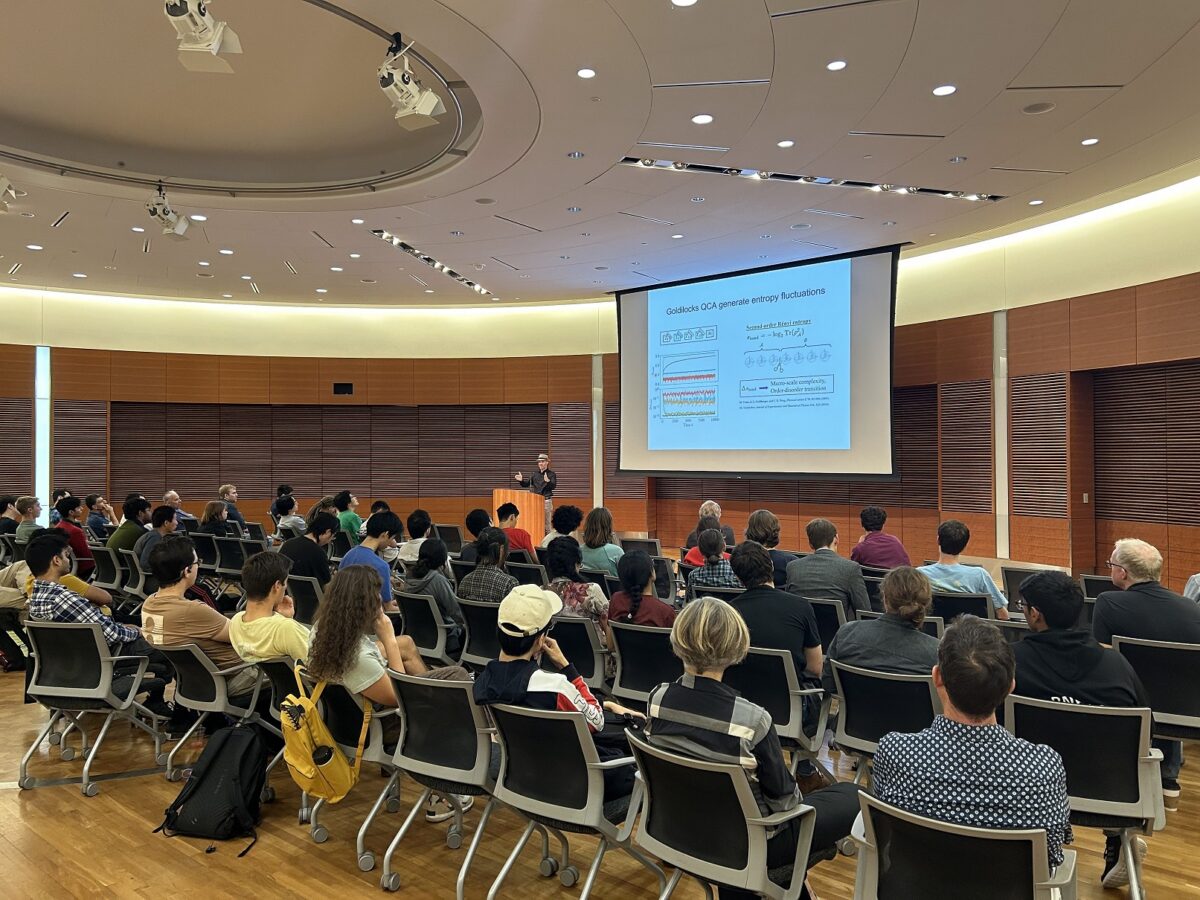
Insider Brief The U.S. is a global powerhouse in quantum research and quantum entrepreneurship with quantum ecosystems emerging in several cities and regions. However, the country has the research acumen, the thirst for entrepreneurship and governments that encourage innovation to create even more quantum ecosystems. Quantum ecosystems tend to emerge from areas where there is […]
Read the full article at: https://thequantuminsider.com/2024/03/04/tomorrows-quantum-hotbeds-7-u-s-cities-that-could-incubate-the-next-great-quantum-technology-ecosystem/